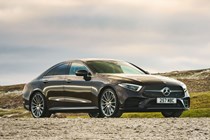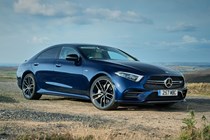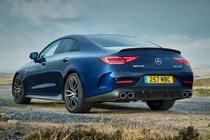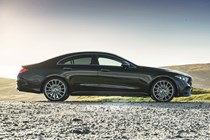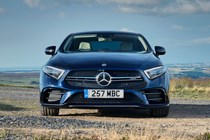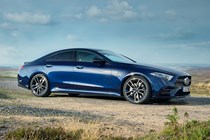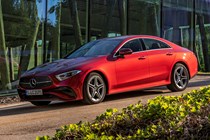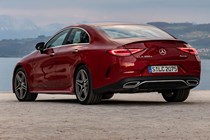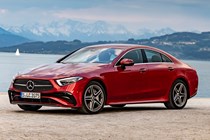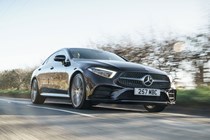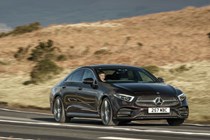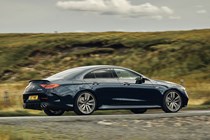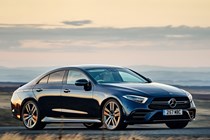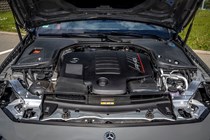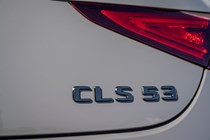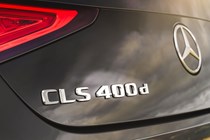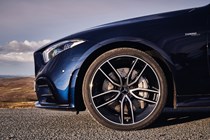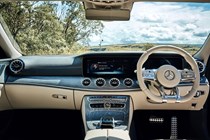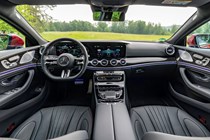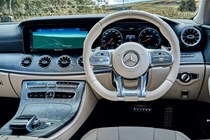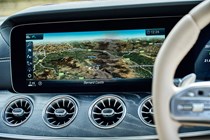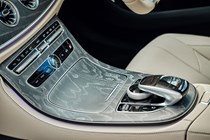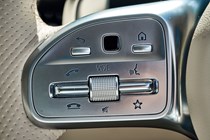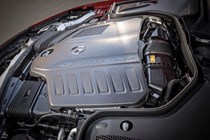
Mercedes-Benz CLS Coupe (2018-2024) running costs and reliability
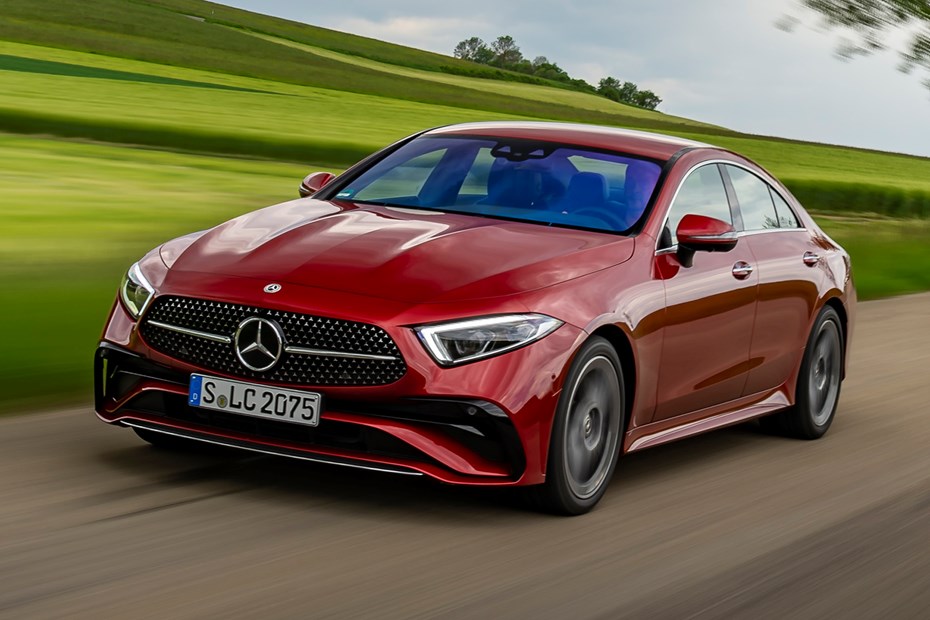
Miles per pound (mpp) ⓘ
| Petrol engines | 4.4 - 5.3 mpp |
|---|---|
| Diesel engines | 4.8 - 5.8 mpp |
Fuel economy ⓘ
| Petrol engines | 29.7 - 36.2 mpg |
|---|---|
| Diesel engines | 37.7 - 45.6 mpg |
- Two diesels and one petrol offered
- Fuel economy is good considering the performance
- Stick to diesel for economy, keep waiting for the plug-in
How much is it going to cost to run?
The Mercedes-Benz CLS is not going to be cheap car to run overall, but all three of its engines offer tolerable fuel consumption, with diesels also scoring reasonably well for CO2 output.
The figures for the 2021 model aren’t too much different to their predecessors – with reasonable 4.4 - 5.8mpp figures for their size and performance. Under the ‘real world’ WLTP official fuel efficiency testing regime, the most economical version is – predictably – the CLS 300 d 4Matic.

MPG and CO2
Currently the best mode for low running costs, unsurprisingly, is the lowest-powered diesel, the CLS 300 d 4Matic, which boasts 42.8-48.7mpg according to official figures. The faster CLS 400 d 4Matic has a larger engine and more power, but scores reasonably well with 38.1-42.1mpg.
Worst off is the petrol-powered CLS 53 4Matic+ with a claimed 29.7-30.7mpg – still a reasonable figure considering the size and performance of this sporty coupe.
The CLS 300 d and 400 d 4Matics produce 172-153g/km and 194-175 g/km of CO2 emissions, while the CLS 53 4Matic+ claims a comparatively less impressive 219-209g/km to put it in a much higher tax band.
Servicing and maintenance
Servicing intervals for the 2021 CLS are to be confirmed, but the outgoing model needs attention every 12 months or 15,500 miles – whichever comes sooner – and it’s more than likely to remain that way. A range of service packs are available, and can be passed on if the vehicle is sold to a new owner.
Every CLS comes with a three-year, unlimited mileage warranty from the manufacturer, along with three years roadside assistance.
How reliable is it?
- Lots of shared tech with E-Class
- New engines are a bit of an unknown
- Should be a fairly solid car though
Given that the Mercedes-Benz is based on the E-Class’s architecture the CLS shares that car’s reliability record. Its components are reasonably well tried and tested. However, all of the engines are haven’t been around long, and in Mercedes’ own words, very sophisticated, so time will tell how those fare.
It will be worth keeping an eye on the fancy interior as time goes on, however, as the array of high-tech components offering plenty of potential for things to go wrong.
As a manufacturer Mercedes-Benz has historically been a bit patchy in terms of reliability but its latest generation of cars certainly seem to be moving the game on.
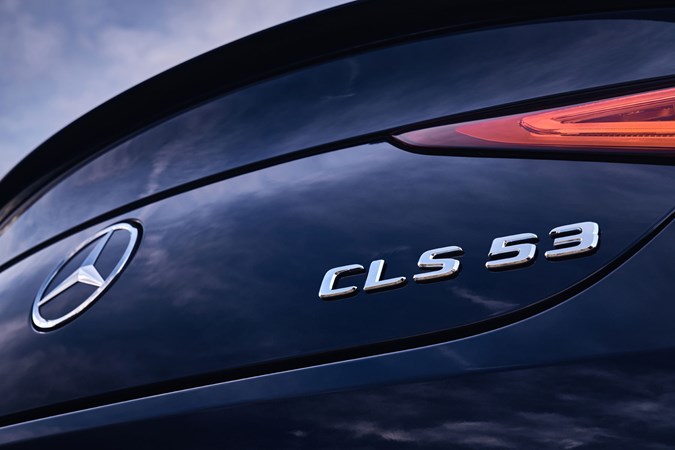
Ongoing running costs
| Road tax | £620 |
|---|---|
| Insurance group | 47 - 50 |
Get an insurance quote with

|
|




